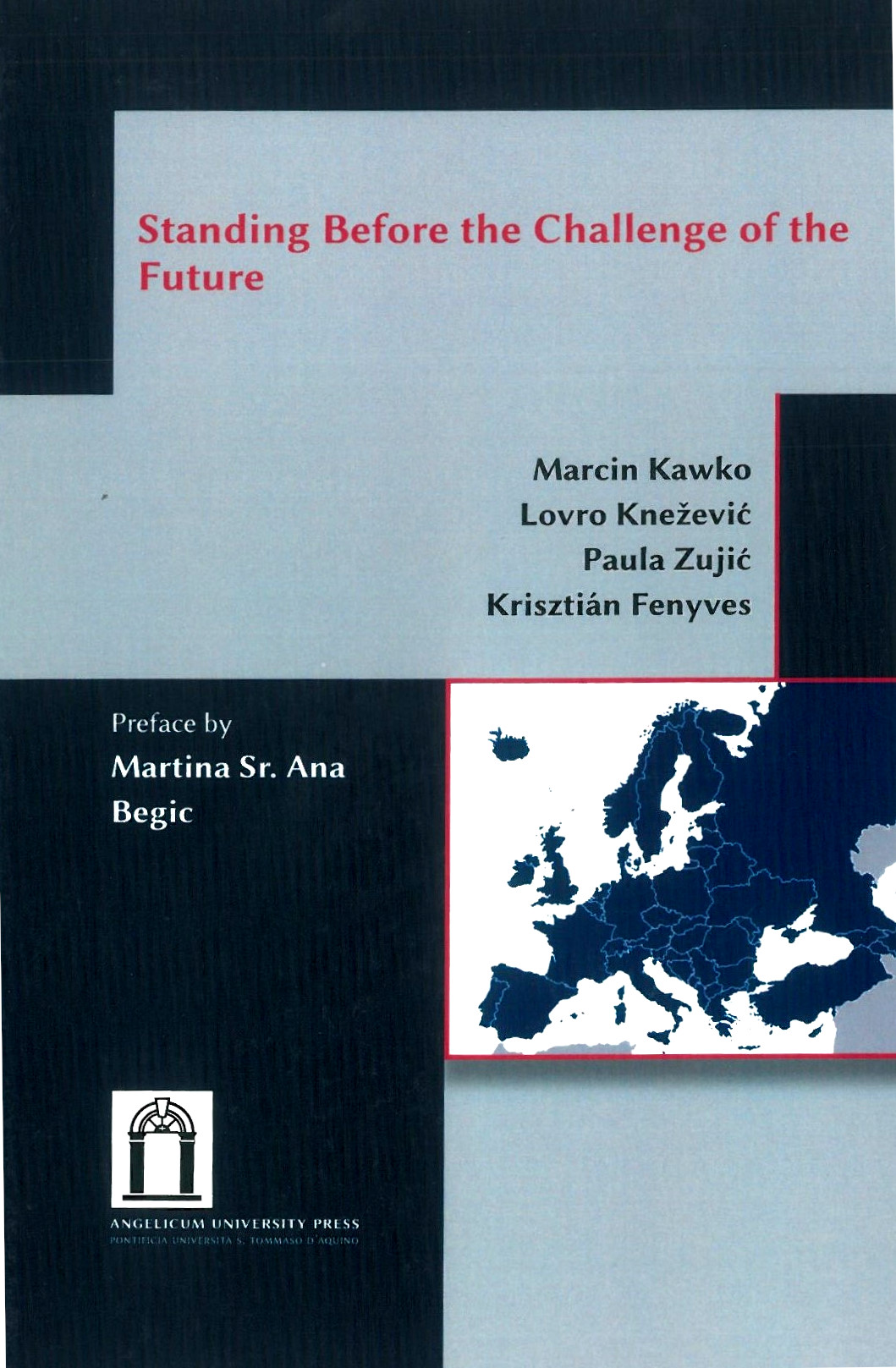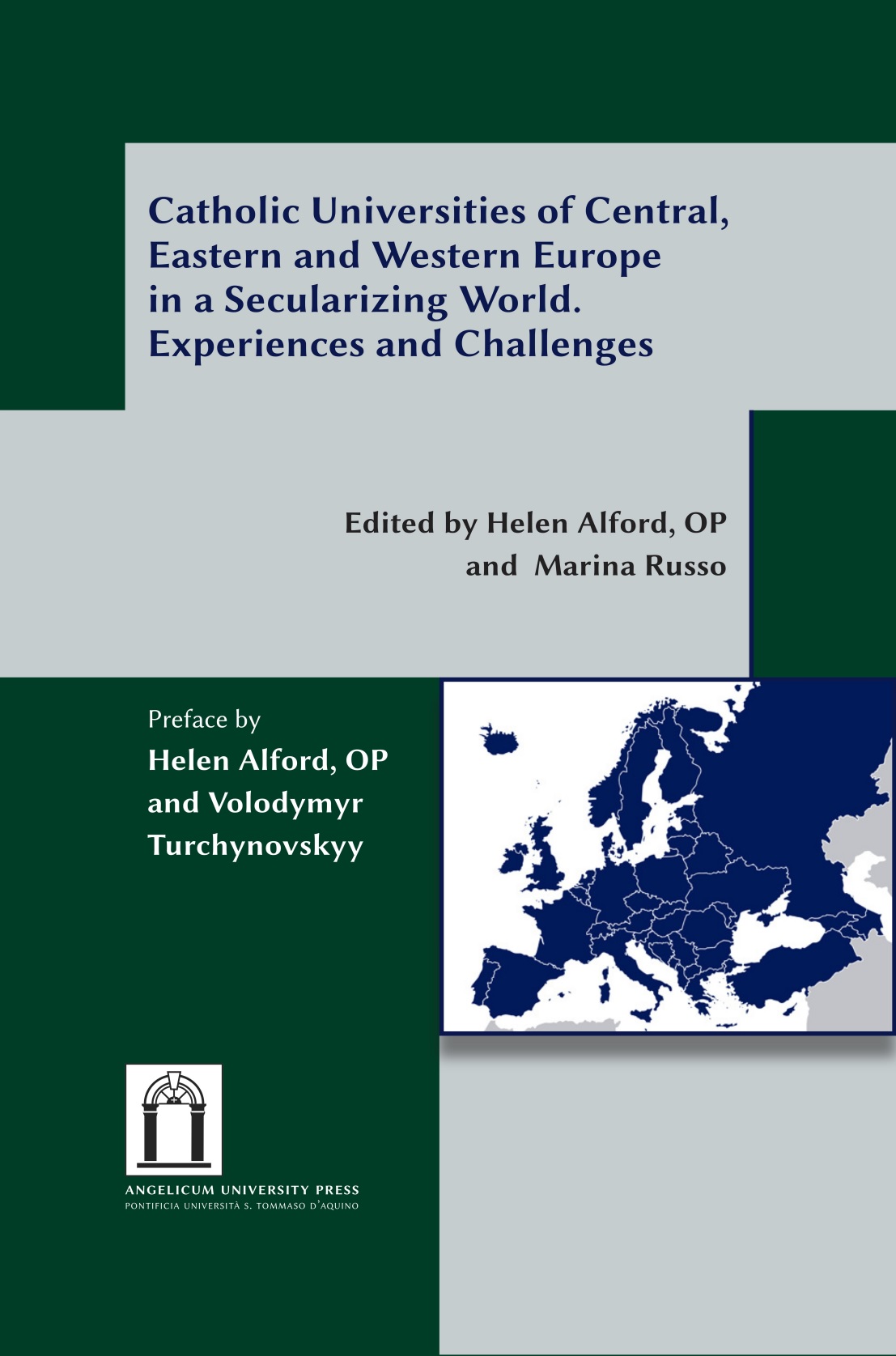Perhaps one should expect that an agency of one of the best known global organisations should be producing all sorts of documents on globalisation and global issues. This book is one of them; the 1999 UNDP Human Development Report (HDR) is another. This book seeks to extend the application of the macroeconomic idea of a "public good" from the national to the global levels, in a bid to begin to convince policy-makers to think globally. Its numerous endorsements from "big names" in macroeconomics and government certainly give the impression that this is a timely contribution to the development of global institutions and policies.
The book itself, after the opening forewards and introduction, is split into three main parts: Concepts, Case Studies and Policy Implications, with the second constituting the main bulk of the text and covering six general areas: equity and justice, market efficiency, environment and cultural heritage, health, knowledge and information and peace and security. Perhaps, however, the opening and closing sections are the most interesting, where a genuine attempt is made to link the case studies of the central section into some kind of coherent framework which can then be used as a basis for considering policy.
In the introduction, written by the three editors, the idea of a "global public good" is presented. They begin with the ever present problem of world crises, despite the new hopes raised by rapid economic development in areas such as South East Asia and the end of the Cold War. They propose to confront these crises – whether financial crashes, which are "loud", or endemic poverty, which is a "silent" crisis – "through the lens of public goods" (p.xix). Public goods are those which private enterprise cannot be relied upon to produce, and indeed the provision of private goods themselves depend on public goods such as property rights, predictability, safety and nomenclature. Public goods, such as general education of the population, have all sorts of positive "externalities", that is, benefits which are not paid for by those who benefit. Think of the firm that can advertise using the written word because it can count on the vast majority of the population being able to read – this firm benefits from the literacy of the population without paying for it (or only for a very small element of it, and that indirectly through taxes). Another way of thinking about public goods is to consider them along two dimensions: excludability and nonrivalry (one of the contributors, Mendez, insists that they should be more correctly called non-exclusionary and non-rivalrous, but he is the only person to use these terms). A pure public good is non-excludable because everyone benefits from it, like peace, whether they have "paid" for it or not. Hence market mechanisms cannot be relied on to provide it, since there is always the potential for "free riders" to try to benefit from such a good without contributing to its maintenance. Similarly, pure public goods can be enjoyed by any number of consumers without any competition between consumers in the process. Any user of a clean beach benefits, and no-one’s enjoyment of this benefit denies anyone else the chance to benefit from it too. Most public goods in practice, however, are not completely "pure" – for instance, if the beach becomes full of people, after a while, its use does begin to become rivalrous between consumers – but they are sufficiently public for the problems of providing them to be beyond market means and to require public policy intervention. Global public goods face the same kinds of problem in their provision as do "national" public goods, but without the same mechanisms of policy intervention that national public goods enjoy. Thus, one of the book’s aims is to "explore" what the editors describe as a "serious underprovision of global public goods" (p.xxi). The provision of global public goods, like environmental protection or the international trade regime, requires action at the inter-national, or supranational, level. On the other hand, "domestic" (ie intranational) well-being depends increasingly on global public goods, like disease eradication (in our era of easy and frequent travel) or global financial stability, the lack of which had such damaging effects on many South East Asian economies in 1997. Therefore, national and global public goods are interconnected, but this interconnection suffers from "gaps". The editors speak of three "gaps" in policy making which weaken the provision of global public goods. Firstly, there is the "jurisdictional" gap, in the sense that while much policy-making is done at the national level, many of the problems that these policies are meant to face are global. Secondly, many new, non-governmental actors have appeared on the scene, but global policymaking is still assumed to be the prerogative of national governments. This "participation" gap also highlights the exclusion of marginalised and voiceless groups, and points to the need to incorporate "civil society" more fully into global policy making, despite potential problems with representation and legitimacy. Thirdly, the idea of an "incentive" gap points to the need for all actors to benefit from global policy making, otherwise the lack of incentive to do so undermines the project. Suggestions and proposals to deal with these gaps are presented at the end of the book, after the concept and case study sections.
The "Concepts" part follows, with three chapters. In the chapter "Defining Public Goods", the editors continue the outline of the nature of a public good that they began in the introduction. In particular, the definition of "global" is made more precise: it includes more than one "group" of countries and several or, preferably, all populations, but it also includes generations, in that the consequences for future generations of the production or non-production of this good also need to be taken into account. A useful chart placing excludability vs rivalry on two dimensions allows the definition of "club" goods (excludable, but not rivalrous, such as the goods developed by and limited to a particular organisation of countries, such as the European Union) and goods which are non-excludable, but rivalrous, such as goods that can be depleted but which are in the common domain. Pure global goods are universal in their benefit, that is, to all countries, peoples, socioeconomic groups and across generations. Impure global public goods tend towards being universal in that they benefit more than one country or people or socioeconomic global group, and at the same time, they do not discriminate against any population segment or set of generations. Furthermore, the editors identify what they call "final" and "intermediate" global goods, or what might be more classically called "inherent goods", such as peace, and "instrumental goods", such as an international regime that ensures that peace is maintained. In the following chapter on intergenerational goods, Sandler refines the categories of global goods further by including the generational dimension, giving rise to a taxonomy of 16 different types of global good. Modelling of the economic system is used to show that policies to correct for inequalities across different countries of the present generation may make intergenerational global goods more unequally divided. Martin in her chapter on the political economy of international cooperation argues that development is becoming seen less as a question of the donor-recipient relationship and more as a problem of providing truly global public goods. In this context, international organisations, NGO’s and groups of technical experts (what she calls "epistemic communities") are important in providing the information that is necessary for states to see their interests as linked to those of others and therefore to have the motivation to cooperate.
In part II, Case Studies, particularly interesting chapters are those by Kapstein (on distributive justice as an "international public good"), Barrett (on the reasons for the relative successes of the Montreal and Kyoto protocols in the reduction of ozone-depleting and greenhouse gases respectively), Zacher (on international cooperation in the control of infectious diseases), and Mendez (on peace as a global public good). The two chapters on market efficiency are also worthwhile. Kapstein discusses how the post World War economic structure set up in Bretton Woods was meant to promote global equity through national policies of welfare and full employment and through international institutions and policies fostering trade. The system very quickly, however, proved itself unable to overcome the wealth disparities between the rich and poor nations. He suggests that what is needed is a new Bretton Woods that would address not only financial architecture, but also migration policy (since capital can move freely, but people are still very restricted), the participation of worker organisations in international institutions, and the question of an "international social minimum", that is, a "decent standard of living" on a worldwide scale (p. 104). It would also need to consider how international flows of capital could be treated in the interests of equity, perhaps with the imposition of a Tobin-type tax and the creation of a world tax organisation. Barrett shows that the main reason behind the great success of the Montreal protocol (to reduce the production of ozone-depleting substances) is that cost-benefit calculations show huge benefits for rich countries to work towards abating CFC production, even if this production were to be exported to other countries. However, with the inclusion in the protocol of "side payments" on the part of rich countries to poorer ones willing to cooperate in reducing CFC production, as well as the threat of trade sanctions for non-cooperation, this exportation has not occurred with general benefit to all countries. By contrast, the Kyoto protocol has been much less successful in reducing levels of emission of greenhouse gases, primarily because the economic rationale is much less clearly in favour of abatement, but also because crucial elements of the Montreal protocol are missing, such as the incentive-creating "side" payments and the deterrence mechanism of trade sanctions.
Zacher begins by pointing our that infectious diseases have killed more people than wars, and that before the end of the 19th, even more soldiers engaged in combat died of disease than from combat itself. He charts the history of recording outbreaks of infectious diseases, and considers the disincentives to countries to making an epidemic public; on the other hand, disclosure can also help a country minimise the negative consequences of an outbreak of disease. In 1991, Peru lost nearly $800 million from lost trade and tourism because of the lack of clear information in the international community about a cholera epidemic there. Today, there is more need than ever that epidemics should be reported, since controlling people for illness at the point of entry into a country is completely impossible, given the number of people travelling internationally today. Health networks, such as FluNet, help to deal with particular kinds of epidemics, but an overhaul of the role of the World Health Organisation in the provision of this public good is needed. Zacher considers draft proposals already circulated for such a reform, and suggests further improvement. Mendez discusses the diference between "defence" and "peace" as public goods, arguing that the latter is a public good in a much broader and deeper sense than the first. He then considers how peace is "produced" (since the theme of the book is the problem of underprovision of public goods), arguing that balance of power and hegemonic regimes are not sufficient for the production of peace. A "collective security" regime, however, which would involve the mutual undertaking of pacific behaviour, a "menu" of graduated responses to disputes, and an extensive programme of cooperation to avoid conflicts arising, is a more effective regime for the production of peace. The framework for the operation of such a regime is the United Nations. Useful discussions of regional organisations for dealing with regional disputes, and of the record of the UN in peacekeeping follow. Mendez suggests in conclusion that what is needed is the setting up of a special agency of the UN to manage the operational aspects of peacekeeping, while policy and decision-making (as well as financing) would remain in the hands of the Security Council and the General Assembly.
In the first two chapters of part III, Policy Implications, the focus is on the implications for aid and development of the theory of public goods. Jayaraman and Kanbur use economic modelling to suggest that the use of the theory does not provide a stronger case for aid unless certain rather strict conditions apply, and therefore they suggest caution in the use of this theory if one’s aim is to create a stronger case for aid. Cook and Sachs, meanwhile, argue that regional public goods may be just as important as the global variety, if not more so, in promoting international assistance. Particularly in areas such as scientific research, regional groups are able to focus resources on areas of knowledge that may be of particular concern to the region concerned, even if they are not major areas of interest globally, and which would be too costly or less effectively addressed at the national level. Using the example of the success of the creation of the OEEC (later the OECD) as a regional body for the administration of the Marshall Plan monies to European countries after the war, they suggest that other regional bodies could be strengthened by being entrusted with significant funding to administer within the region as a whole.
In their conclusion, the editors propose a further typology of global goods, based on the chapters in part II, and return to the three gaps they identified in the introduction. To deal with the "jurisdictional gap", they suggest a number of measures. The first is that all countries should produce an "externality profile" where they itemise what effects their policies have on other countries, regions or the globe, ("spillover") and what effects the policies of others at the same levels have on them ("spill-ins"). A similar method would be the creation of "global issue profiles" which are already being produced by organisations like the OECD ad UNDP. With such profiles created, it could be possible for each country to take responsibility for its own "spillovers" (ie to internalise its externalities), so that such effects could either be limited or traded between countries. Another measure would be to change the division at national policy level between "internal" and "external" affairs. Traditionally, ministries of Health, for instance, have been primarily concerned with internal affairs, while security and the promotion of exports have often been as much the domain of the Ministry for Foreign Affairs as they were of ministries concerned with these issues internally. What is needed is a rethinking of this division, so that issues hitherto treated as almost entirely internal can be considered from a global perspective. Subsidiarity is also cited as a way of organising structures of accountability from the bottom up. The participation gap needs to addressed they suggest, by giving voice to those who do not have it (especially to developing countries) and access to sources of information that are increasingly only available to the rich, possibly through the provision of a "knowledge bank". Several methods of dealing with the incentive gap are also discussed, such as combining public and private gains and forming clubs, where gains are shared. Finally, ways of improving the level and use of development finance are discussed, such as the creation of focussed global public good funds and a global participation fund.
Overall, this book represents a serious attempt at both the practical and theoretical levels to deal with the problems of providing goods that are not easily produced privately, but which go too far beyond the jurisdiction of a particular state to be effectively produced publicly at the national level. At the same time, if it does represent such a groundbreaking contribution to the field (as some of the endorsements by distinguished figures suggest) it indicates just how far we need to go in order to develop at least the theoretical aspect of such an approach if it is to be useful at a practical level. This is perhaps clearest where definitions are considered, and the fact that no less than three major, different typologies of global public goods are given in the book in different places. Clearly, the book represents work in progress at the theoretical level, so perhaps it is most apposite to make observations about it on this level. In comparison, the case studies and policy implications drawn seem already to offer much practical material for policy-makers to consider.
There are two problems with the theoretical approach of this volume that could be discussed here. The first is probably the inevitable "commodification" of every "good" as if all "goods" (or "bads") can sensibly considered in terms of consumption. It seems ironic somehow that a book that is obviously written by people disturbed by the direction in which modern financial, economic and trading systems are taking us, should "buy in" in such a wholesale way to an economic mindset in which all activity is considered in terms of buyers and sellers, consumers and producers. It is, of course, possible to think of students as "customers" of an "education producer", or patients as "clients" of a hospital that is just one type of "health provider", but the fact that we use other words like student and patient, teacher and doctor, school and hospital, surely indicates that any theory that wants to value goods other than purely economic ones (like peace, biodiversity, human rights and so on) needs to find a way of avoiding the wholesale invasion of economic language and thought into every area of human knowledge that has become a feature of post-monetarist, post-Thatcherite academic discourse in general. No doubt, the editors would argue in the defence of their approach that you have to meet people (and policymakers) "where they are at". At the same time, however, one also needs to challenge this mindset if we are to escape the consequences it so often has for goods which have no private economic value. At least the editors could have shown themselves to be aware of this problem, which undoubtedly they are, but strangely, it is never even mentioned in the 550 pages of the book.
Secondly, and relatedly, despite the efforts made by the editors to define what a "public" good is, and what, therefore, are "global" public goods, the term "good" is never actually defined. It turns out to be used in a very elastic way. Take, for instance, one of the opening paragraphs of the otherwise very interesting chapter by Sandler on intergenerational goods:
An intergenerational pure public good (bad) provides benefits (costs) that are nonrival and nonexcludable within and among generations. For example, a genetically engineered medicine that cures cancer can benefit people worldwide during the discovering generation’s lifetime and for generations to come. Similarly, lost biodiversity can have adverse global consequences for today’s generation and all subsequent generations. Other intergenerational public goods include eradicating disease, curbing global warming, limiting ozone shield depletion, preserving culture, restraining ethnic conflict and developing cultural norms. For ethnic conflicts, atrocities committed by one generation can create hatreds that fuel conflicts for generations to come . . . Cultural norms and laws that promote cooperative behaviour within or among generations can have immense intergenerational benefits (p.20)
Even in this short paragraph, the enormous array of different types of activity or state that are described as "goods" (or, in rather crass English, as a "bad" if it is the opposite of a "good") is evident. Can they really all be categorised usefully as "goods" or "bads"? Is general ethnic hatred really the same sort of thing as lost biodiversity? Can one describe ethnic hatred in terms of "non-excludability" or "non-rivalry"? It seems as if the otherwise welcome attempt to find a common theoretical framework in which to view different aspects of global policy-making has lost touch with the reality of the "goods" with which it is hoping to deal. No amount of finer and finer categorising along different dimensions can overcome what seems to be more fundamental differences between these "goods". Just as seeing everyone in every walk of life as a "consumer" or "producer" limits too severely the academic’s understanding of what real people see in much richer and more varied ways, so the lack of definition of a "good" allows too wide a range of very different entities to be considered under this one, undifferentiated heading. But again, the editors could well argue that this is a "necessary evil", since we must use the language of economics in order to get a hearing today. They may well be right. Still, this very concession may indicate how far we still have to go in understanding and adequately "producing" global public goods.
 IT
IT  EN
EN 
















